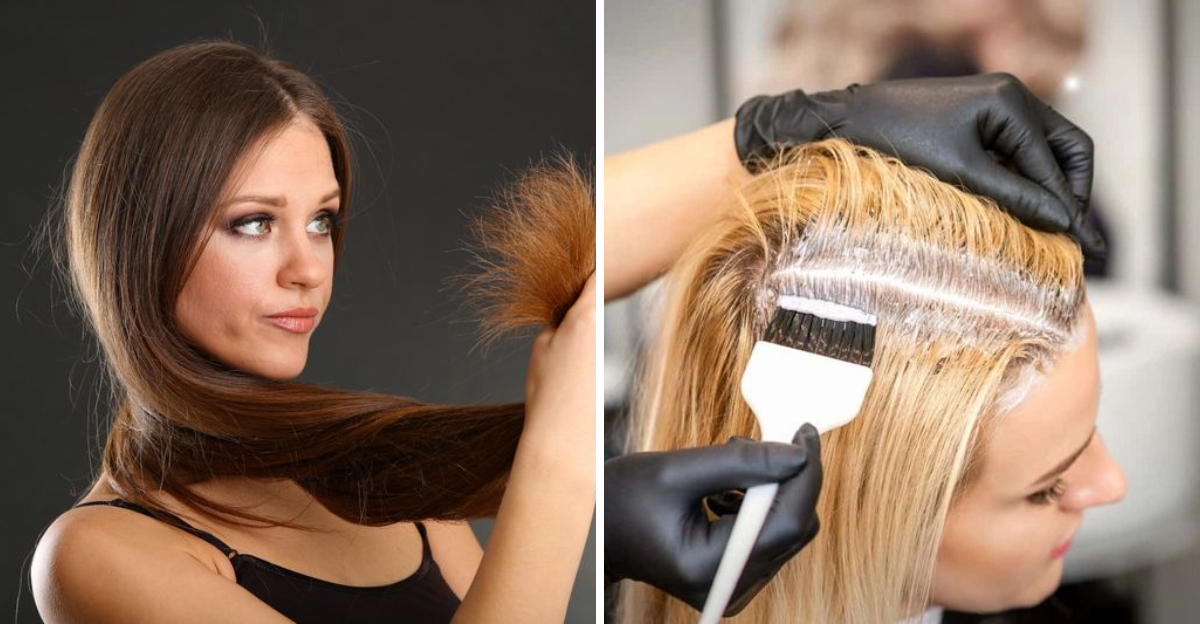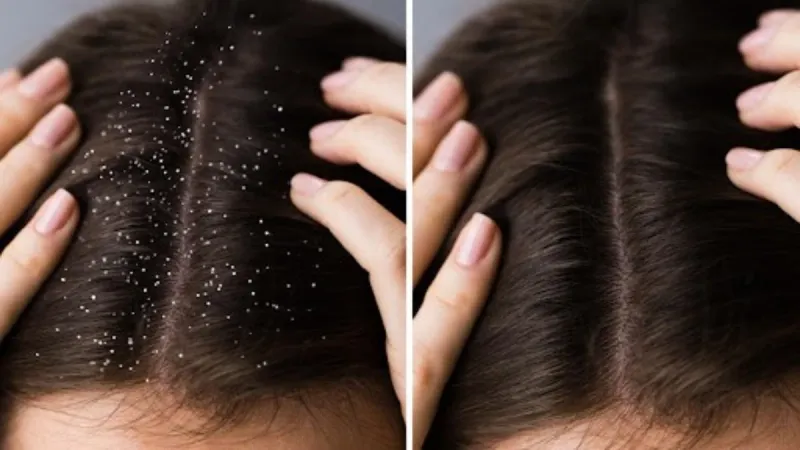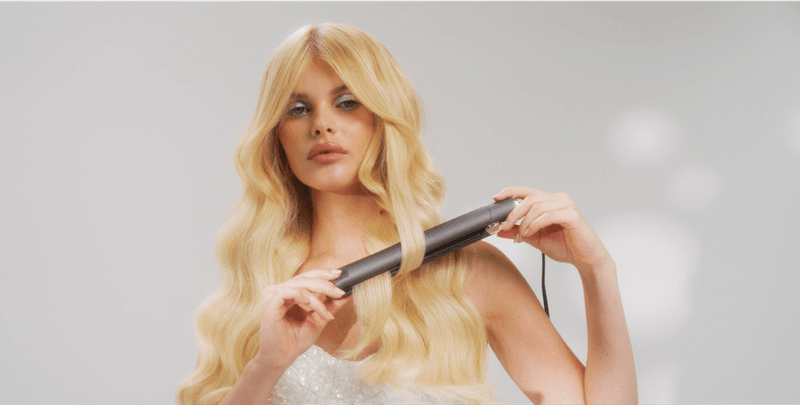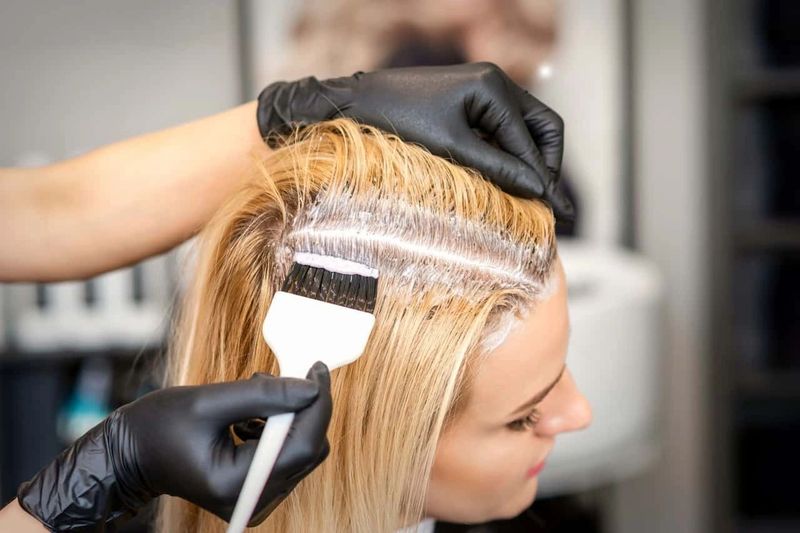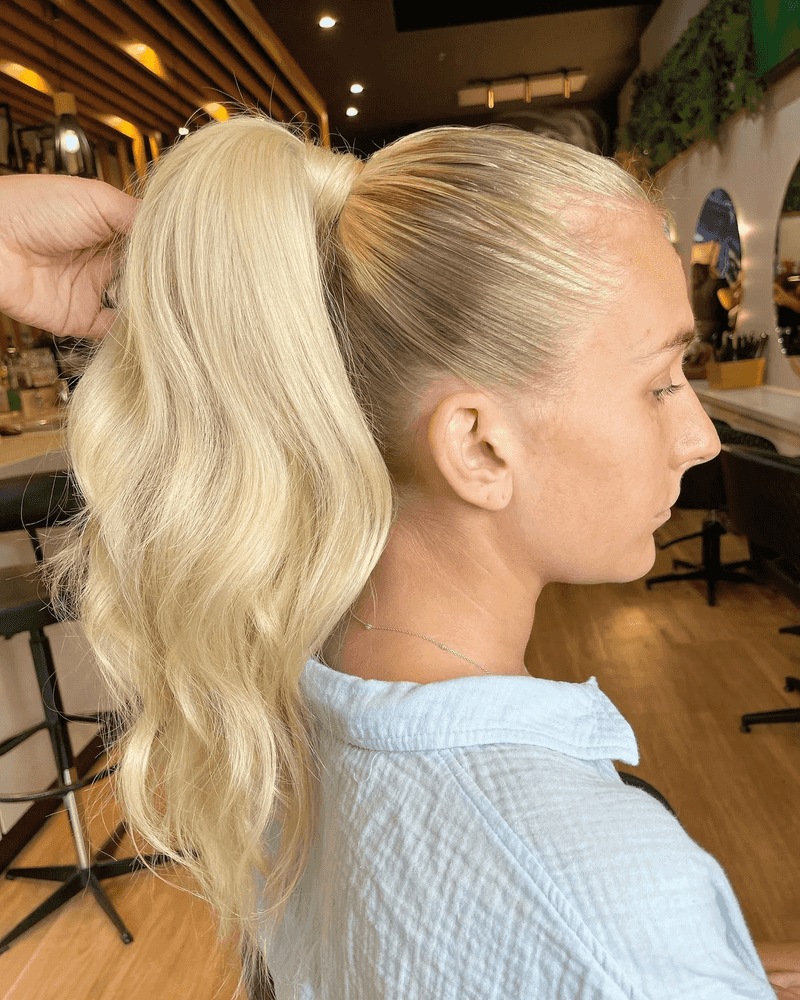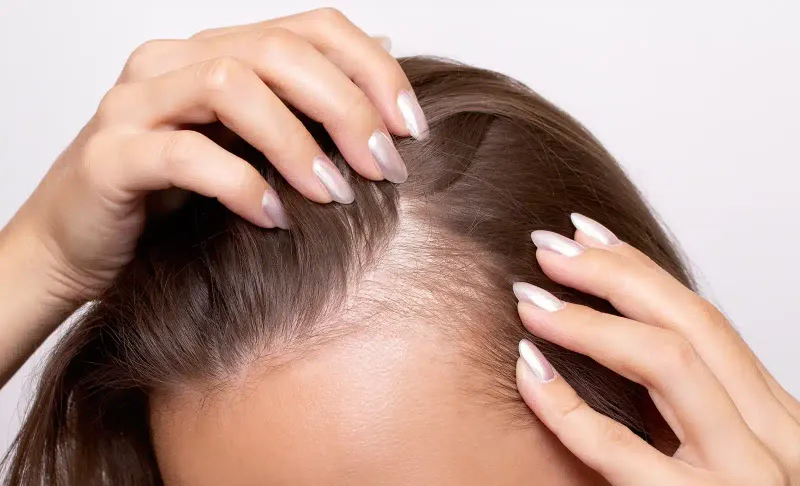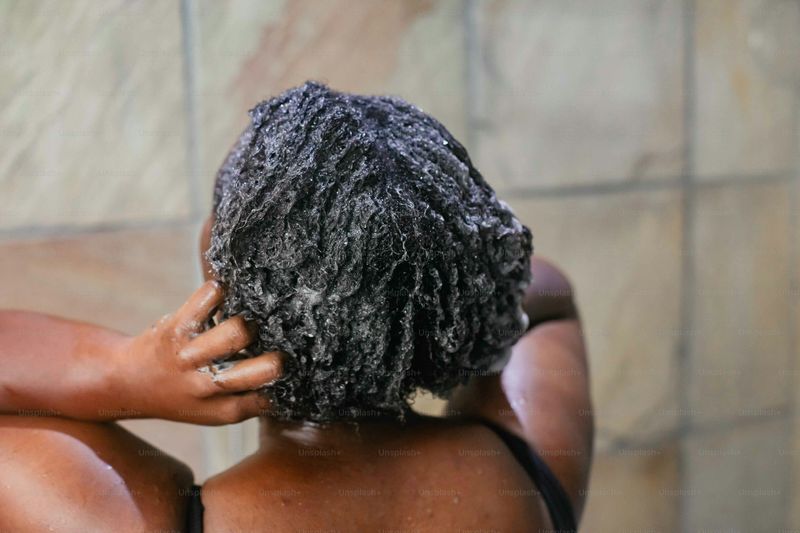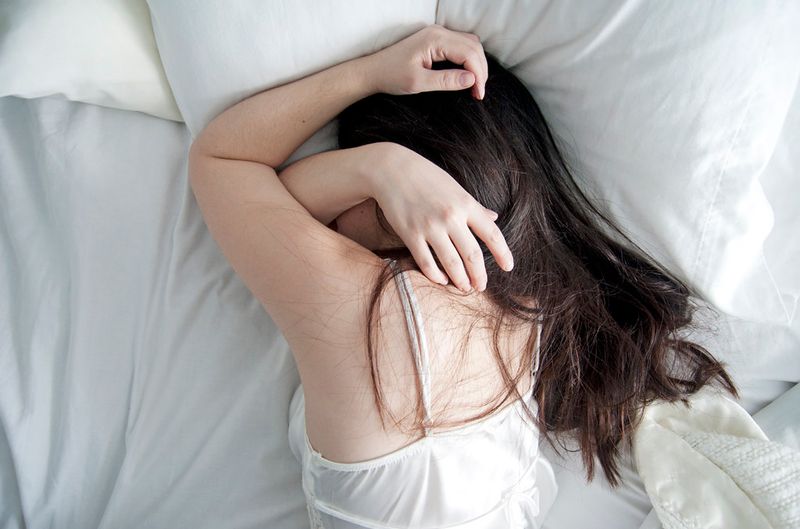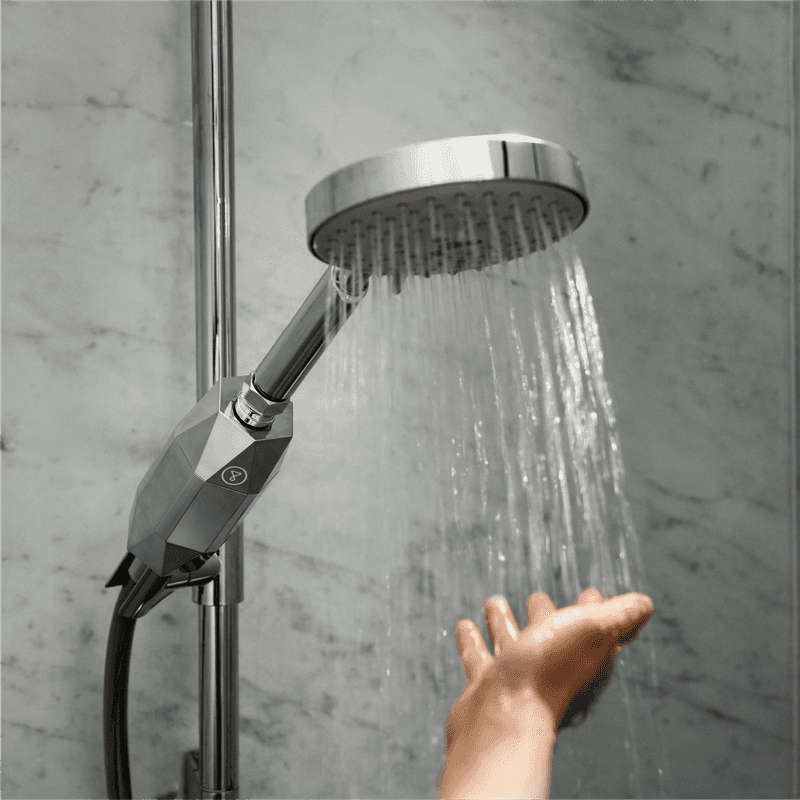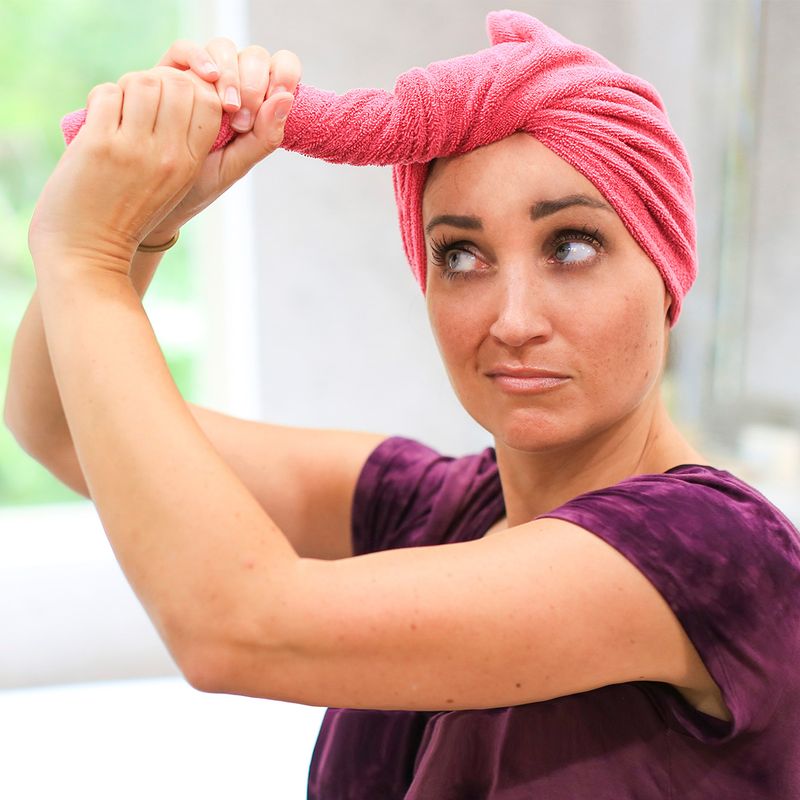Ever noticed your hair seems stuck at the same length, no matter how long you wait? Healthy hair typically grows about half an inch each month, but several factors can slam the brakes on this natural process. Understanding why your locks aren’t lengthening is the first step to getting that growth back on track.
1. Split Ends Gone Wild
Those frayed, splitting ends aren’t just unsightly—they’re sabotaging your length goals! When ends split, they travel up the hair shaft, causing breakage that makes it seem like your hair isn’t growing at all.
Regular trims every 8-10 weeks actually help your hair grow longer by preventing this upward damage.
2. Nutrition Deficiencies
Your hair craves nutrients like biotin, iron, zinc, and vitamins A and D. Without these building blocks, follicles struggle to produce strong, growing strands.
A plate filled with colorful vegetables, lean proteins, and healthy fats provides the foundation for luscious locks that don’t hit a growth plateau.
Related: -7 Straight-Hair Problems No One Talks About And 8 Easy Fixes That Shine
3. Hormonal Havoc
Pregnancy, menopause, thyroid issues, and stress can trigger hormone fluctuations that throw your hair cycle into chaos. These shifts can push more follicles into the resting phase.
Many women notice dramatic changes in their hair growth patterns during major hormonal life events.
4. Scalp Problems
Dandruff, psoriasis, and seborrheic dermatitis create an inhospitable environment for hair growth. These conditions cause inflammation and flaking that block follicles.
A healthy scalp is like fertile soil—without it, even the strongest seeds won’t sprout. Regular clarifying treatments help maintain this delicate ecosystem.
5. Heat Tool Addiction
That daily date with your straightener is cooking your chances for longer locks. Excessive heat breaks down protein bonds in hair, leading to brittleness and breakage.
Your strands might be growing from the root but snapping off at the ends, creating an illusion of stagnant growth.
6. Chemical Overprocessing
Frequent coloring, perming, or relaxing weakens hair’s structural integrity. The harsh chemicals penetrate the cuticle and damage the cortex, your hair’s strength center.
Many clients notice their growth plateaus after years of chemical services as the hair becomes too fragile to maintain length.
7. Tight Hairstyles
Those sleek ponytails and braids might look fabulous, but they’re silently sabotaging your length goals. Constant tension damages follicles and can lead to traction alopecia.
Give your hairline a break by alternating styles and avoiding rubber bands that grip too tightly.
8. Medication Side Effects
Certain prescriptions for blood pressure, depression, and arthritis list hair growth changes as side effects. These medications can disrupt the normal hair cycle, pushing more follicles into the resting phase.
Always discuss hair concerns with your doctor—sometimes alternatives with fewer hair impacts exist.
9. Aging Follicles
With age, hair follicles naturally shrink and produce thinner, shorter strands. This miniaturization process means hair may grow more slowly and reach shorter maximum lengths than in your youth.
Special anti-aging hair products can help maximize what growth potential remains by supporting cellular turnover.
10. Overwashing Habits
Daily shampooing strips away natural oils that protect and nourish your strands. Without these oils, hair becomes brittle and prone to breakage before reaching its potential length.
Try extending time between washes gradually, using dry shampoo for refreshing without depleting moisture.
11. Stress Overload
When stress hormones surge, they can trigger telogen effluvium—a condition where hair prematurely enters the shedding phase. Your body redirects energy from “non-essential” functions like hair growth during high-stress periods.
Stress management techniques benefit not just your mind but your mane too.
12. Sleeping on Rough Fabrics
Cotton pillowcases create friction that damages cuticles and causes breakage while you sleep. This nighttime damage accumulates, preventing length retention despite continuous growth.
Silk or satin pillowcases allow hair to glide smoothly, preserving delicate strands and helping maintain length gains.
13. Genetics and Growth Cycles
Your DNA determines your maximum growth potential and cycle length. Some people naturally have shorter anagen (growing) phases, limiting how long their hair can become.
While you can’t change your genetic code, understanding your hair’s natural tendencies helps set realistic goals and expectations.
14. Harsh Water Damage
Mineral-heavy hard water leaves deposits that weigh down hair and block moisture absorption. These mineral buildup creates brittleness that leads to breakage before achieving your length goals.
A shower filter or chelating shampoo can remove these deposits and restore your hair’s ability to grow strong.
15. Towel-Drying Technique
Aggressive rubbing with rough towels roughens the cuticle and creates tiny tears that accumulate into significant damage. Wet hair is especially vulnerable to this mechanical stress.
Switch to gently squeezing with microfiber towels or soft t-shirts to preserve length and minimize breakage after washing.

